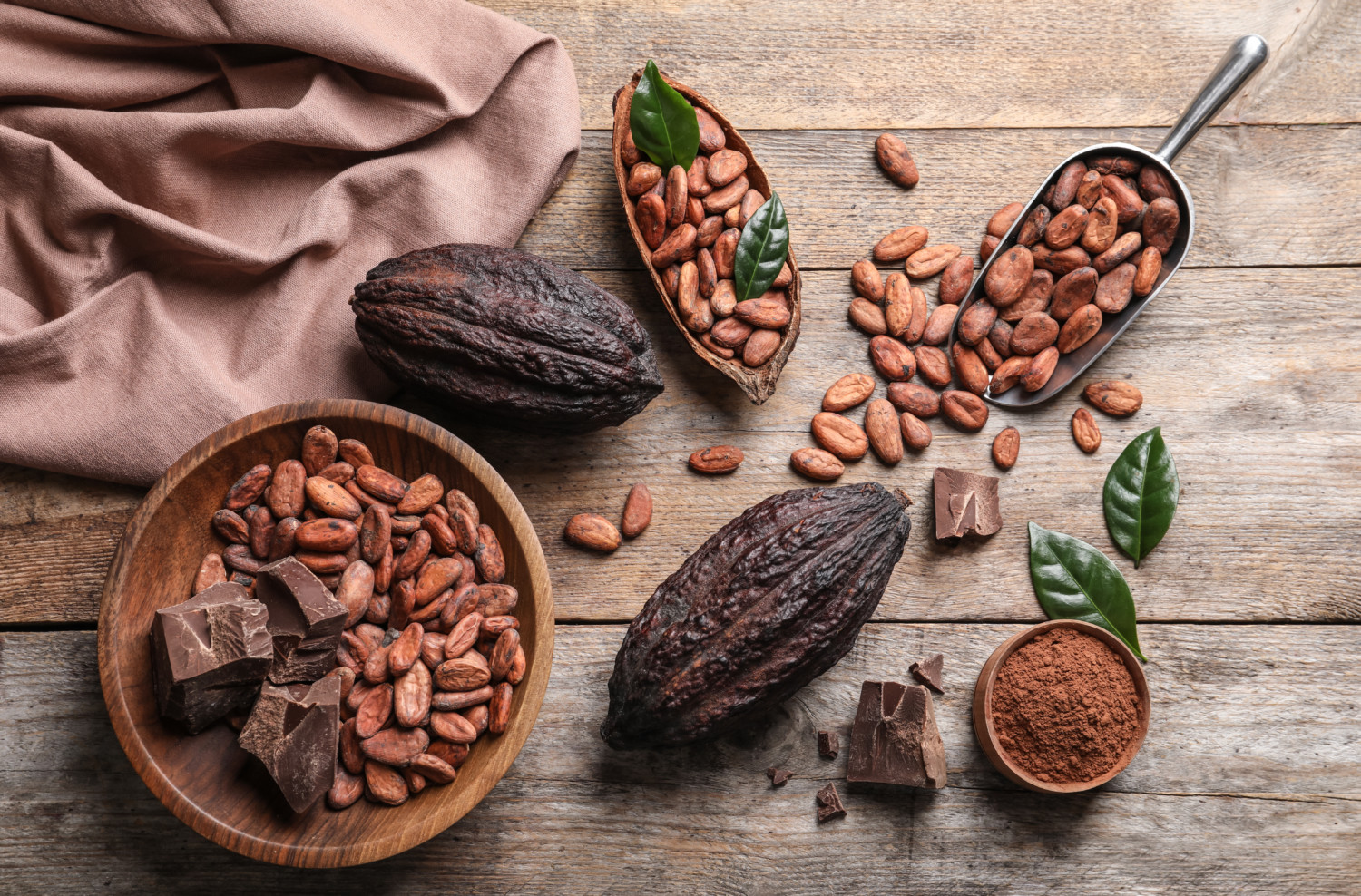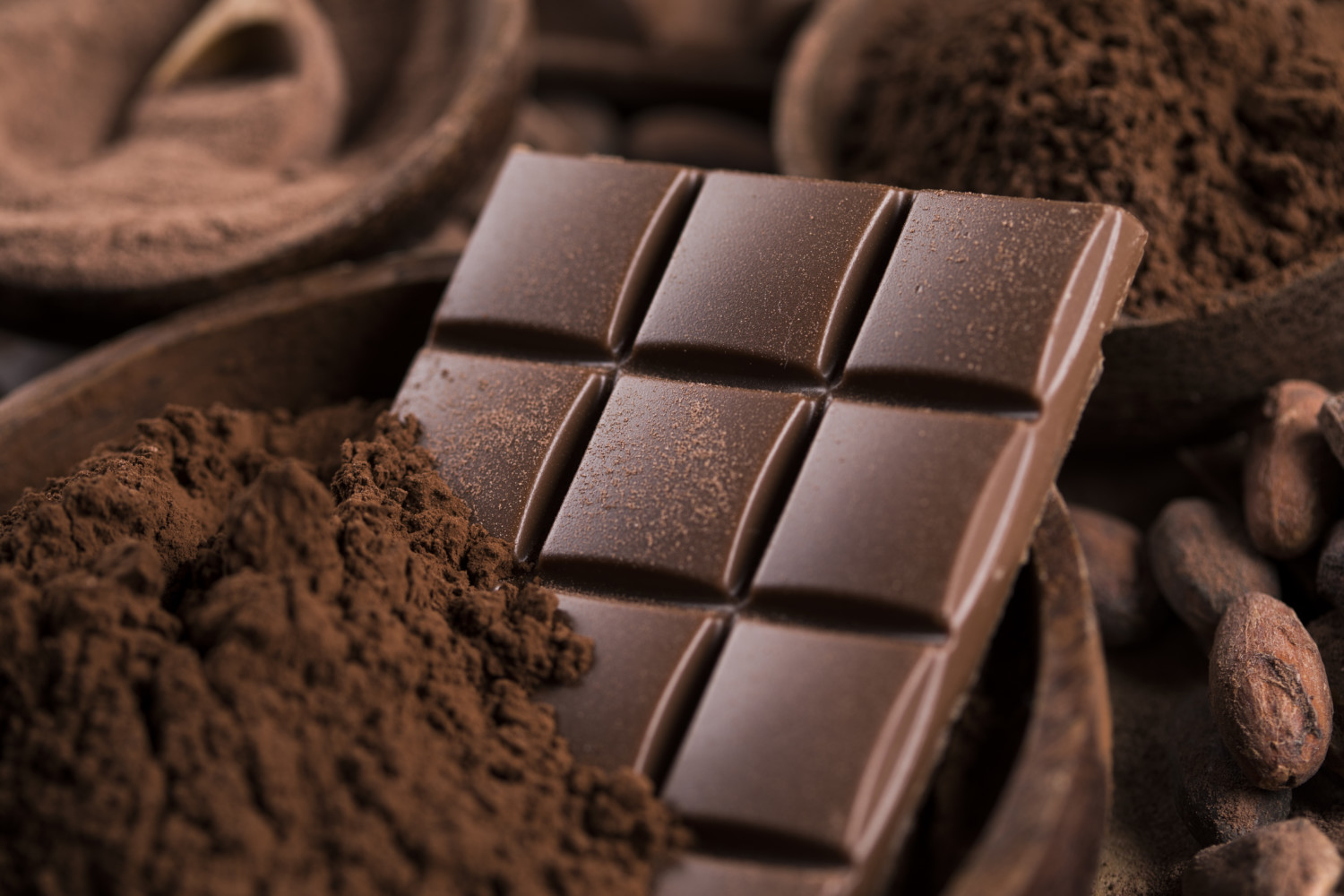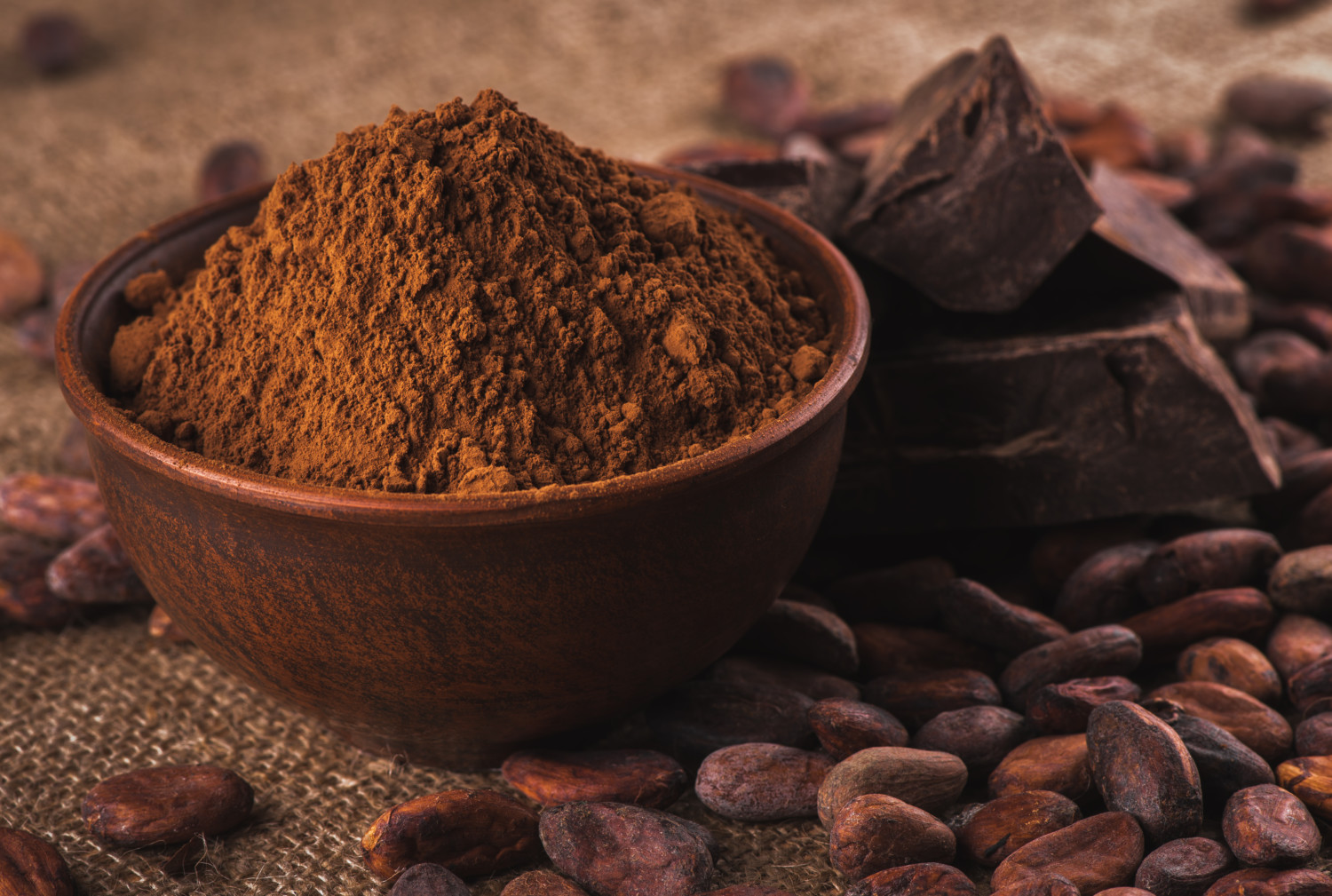Well, this isn’t the sort of thing you like to hear during the holidays: Researchers have discovered that some dark chocolate bars may contain cadmium and lead, two heavy metals that may cause health troubles over time.
To get a better understanding of the issue, Consumer Reports recently tested 28 readily available dark chocolate bars and found both metals in every single bar, though some had higher levels than others.
The dangers of lead are well-known: According to the CDC, prolonged exposure can lead to cardiovascular problems, kidney disease and reduced fertility. In young, growing children, the effects can be even more troublesome, including damage to the nervous system and brain.

Cadmium, which occurs naturally in rocks and dirt, is found in plant and animal food items all over the world. Over time, small amounts of cadmium can build up in the kidneys and potentially cause damage. Per the CDC, it is known to cause cancer, too.
So, why is dark chocolate a culprit? The Consumer Reports investigation notes a report that found two different routes of contamination: Cadmium seems to enter the cacao bean through the soil, while lead dust collects on the bean shells as they dry.
Dark chocolate contains more cacao than other types of chocolate, so the amounts of cadmium and lead are higher than, say, low-cacao milk chocolate. (As Consumer Reports points out, this should actually be encouraging for parents, since kids don’t typically reach for more-bitter dark chocolate.)

With all of that in mind, Consumer Reports set out to test lead and cadmium levels in 28 different dark chocolate bars. Testing included samples from major brands, like Hershey’s and Dove, plus a selection of smaller producers.
CR tested the lead and cadmium levels of one ounce of each brand — about a serving size’s worth. Then, testers compared the levels to a safety standard, adopted by California, called the “maximum allowable dose level,” or MADL.
Some brands were higher in one of the metals than the other, and some (yikes) had high levels of both. For example, the Trader Joe’s Dark Chocolate Lover’s Chocolate 85% Cacao bar contained 127 percent of the MADL for lead and a whopping 229 percent for cadmium.
Other brands with high levels of cadmium and lead: Theo Organic Pure Dark 70% Cocoa and Extra Dark Pure Dark Chocolate 85% Cocoa; Green & Black’s Organic Dark Chocolate 70% Cacao; and Lily’s Extremely Dark 85% Cocoa.

Brands with higher-than-recommended amounts of lead include certain types of Tony’s Chocolonely, Chocolove, Godiva, Lindt and Hershey’s. Cadmium was over the limit in dark versions of Dove, Scharffen Berger, Pascha, Equal Exchange and others.
Now for the good news: Of the 28 bars surveyed, five had acceptable amounts of cadmium and lead. Two smaller brands — Mast and Taza — lead the pack, and well-known chocolatiers Ghirardelli and Valrhona joined them.
More good news: You don’t have to cut dark chocolate out of your diet. The dose makes the poison — eating in normal amounts is fine. Plus, according to Johns Hopkins toxicologist Andrew Stolbach, the acceptable levels are deliberately strict to protect the most vulnerable consumers.
“The safety levels for lead and cadmium are set to be very protective, and going above them by a modest amount isn’t something to be concerned about,” Stolbach told NPR.

Even better, industry groups are devising ways to reduce lead and cadmium levels in chocolate. According to NPR, drying cacao beans off of exposed ground can reduce lead, while mixing low-cadmium beans with higher-cadmium beans can mitigate the metal.
So don’t throw away that gift box of truffles or special bar you’ve been saving — enjoy! As with most things, moderation is the key.
By Kathleen St. John, for Newsy.
Newsy
About Newsy: Newsy is the nation’s only free 24/7 national news network. You can find Newsy using your TV’s digital antenna or stream for free. See all the ways you can watch Newsy here: https://bit.ly/Newsy1
This story originally appeared on Simplemost. Check out Simplemost for additional stories.


